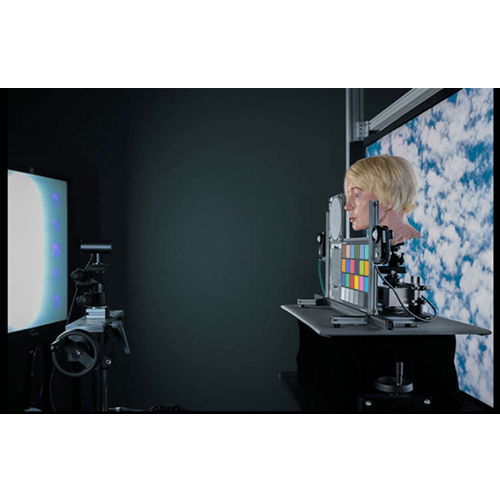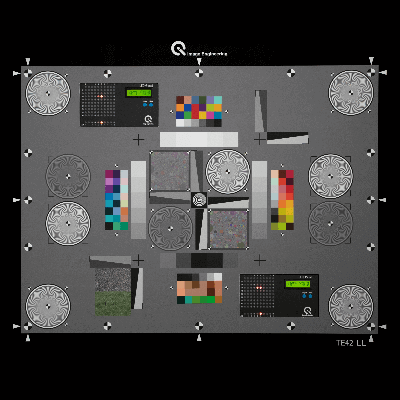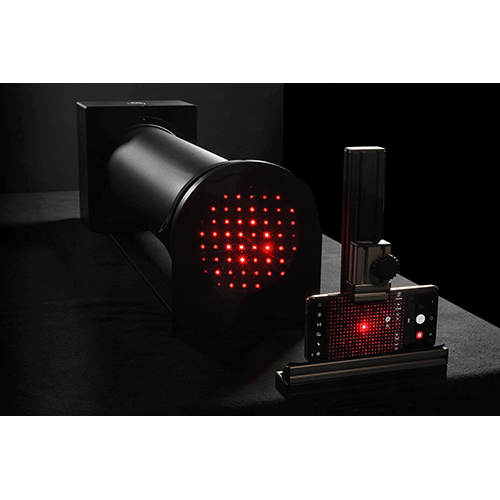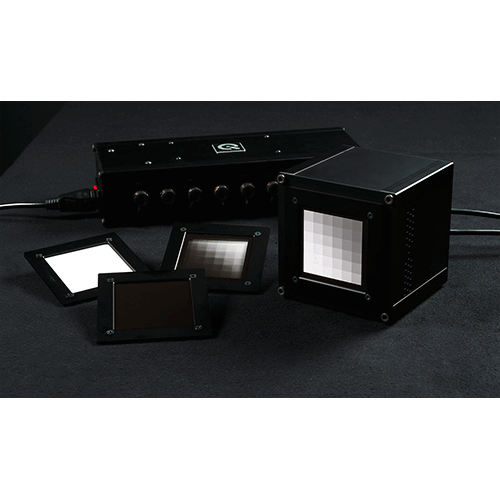Webcam image quality testing
Best practices for testing webcam image quality

Webcam usage has grown exponentially since the start of the pandemic in 2020, and with that growth, the demand for higher-performing webcams has become an industry desire.
With the publication of the VCX-WebCam 2023 international standard, it became clear that while webcam image quality testing is similar to other camera testing, webcams require unique equipment and test lab setups for more accurate testing.
GEOCAL offers a modern and compact device for measuring and evaluating lens distortion. Utilizing these measurements in OpenCV will allow you to remove distortion from the captured images.
Many of our engineers actively contributed to the development of the VCX standard and, in turn, provided their expertise on the right testing equipment for a webcam test lab. Since its publication, we have assisted companies worldwide with setting up VCX test labs for webcam image quality testing.
VCX-WebCam 2023
The latest international from VCX

VCX-WebCam 2023 is the latest standard from the VCX-Forum and one of the first international standards to focus on webcam image quality.
Since its launch last November, the standard has quickly gained worldwide praise and recognition as a reliable, objective, and comprehensive benchmark for webcam image quality. Many companies are working hard on upgrading (or building) their test lab to begin evaluating webcam performance according to the established measurement methods in the VCX whitepaper.
For more information on VCX-WebCam 2023 and how to get started with testing, please see the VCX website.
TE42-LL Timing test chart
A multipurpose test chart for timing measurements

The TE42-LL Timing chart combines the standard TE42-LL chart for low-light testing and two LED-Panels for timing measurements. The TE42-LL is the exact chart used in ISO 19093, which describes the methods and procedures for measuring the low-light performance of a digital camera. The LED-Panel is designed to measure the crucial timing parameters outlined in ISO 15781.
Two LED-Panels are integrated into opposite corners of the TE42-LL Timing chart, thus creating an accurate low-light scene with timing measurement capabilities. The TE42-LL Timing chart is also currently utilized by the VCX-Forum for low-light timing measurements.
Follow the video link for a demonstration of the TE42-LL Timing chart.
Lens distortion removal
Distortion removal using GEOCAL and OpenCV

Many wide-angle camera systems, such as those in advanced driver assistance systems (ADAS), driver/occupant monitoring systems (DMS/OMS), and augmented/virtual reality (AR/VR) applications, experience lens distortion interferences.
As a result, lens distortion must be measured and removed to ensure these applications have a clear vision of what is in their field of view so that they or the human operator can make proper adjustments.
GEOCAL offers a modern and compact device for measuring and evaluating lens distortion. Utilizing these measurements in OpenCV will allow you to remove distortion from the captured images.
Vega - simulate light flicker
A versatile DC light source for testing flicker response

Vega, one of our newest illumination devices, uses DC technology to create a high-stability light source with flicker generation capabilities. DC technology benefits all camera testing, including tests with very short exposure times, e.g., automotive-grade cameras.
- High dynamic range testing
- Very short exposure time testing
- Extremely stable
- Various flicker modes
This device is perfect for those looking for a much more accurate solution for high-intensity measurements, such as contrast transfer accuracy (CTA), modulated mitigation probability (MMP) or flicker, noise, and tone curve measurements.

